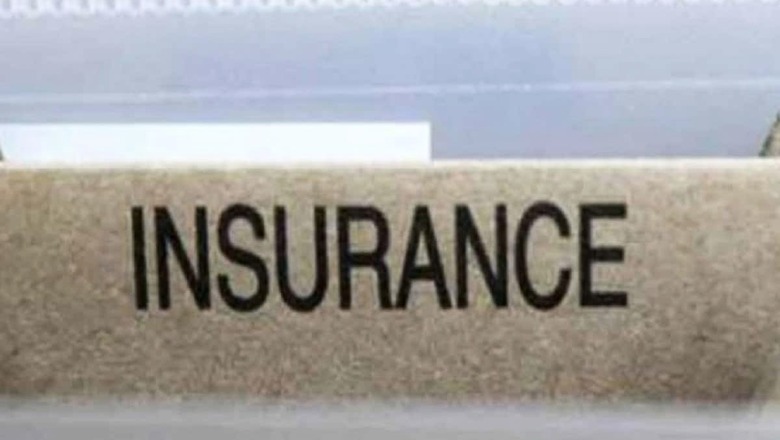
views
A life insurance policy provides financial security and risk cover like death benefit to your dependents in case of your death. And that makes it important for an insurer to settle your claims on time. As a result, it is mandatory for all insurance companies to publish a static called the claim settlement ratio.
A company’s claim settlement ratio may be a good measure when researching an insurance policy but that may not be entirely fool-proof. Here are some points one must keep in mind when checking an insurer’s claim settlement ratio.
The ratio reveals the claim settled by life insurers out of the total death claims, received by policy count and benefit amount, in a financial year. For a policyholder, a higher ratio may imply reliability of the insurer. And taking advantage of this fact, insurance companies flaunt their claim settlement ratio by number of policies, which for most life insurers is over 90 percent. Therefore, a claim settlement ratio is not enough.
What makes for a more important parameter is the benefit amount paid, since many buy a term cover of over Rs 1 crore. The ratio by benefit amount usually tends to be lower due to rejection of claims that may be fewer in number but larger in terms of amount. For instance, in 2019-20, the life insurance industry settled 96.76 percent of the claims in terms of policy count as compared to 92.91 percent by benefit amount paid. The difference was due to rejection of high-value claims, particularly the ones received during their early years.
The claim settlement ratio by benefit amount tends to get skewed if a few large claims, which are found to be fraudulent after investigation, get rejected. Further, any pending claims for lack of clear beneficiaries or incomplete documentation at the year-end may also lead to lower settlement ratio.
The difference is 17 percentage points for Edelweiss Tokio Life Insurance followed by Exide Life with 10.2 percentage points. Interestingly, if you just account for settlement by number of policies, then Exide Life is among top 5 insurance firms to have settled claims but it is amongst the worst five if we compare how much money it has disbursed as against the claims it had got.
So, how does one choose a life insurer? Pay attention to the claim settled by benefit amount ratio and also focus on the claim pending ratio. Insurance regulatory IRDA’s protection of policyholder regulations requires death claims to be settled within 30 days if they do not need investigation.
Read all the Latest News, Breaking News and Coronavirus News here




















Comments
0 comment